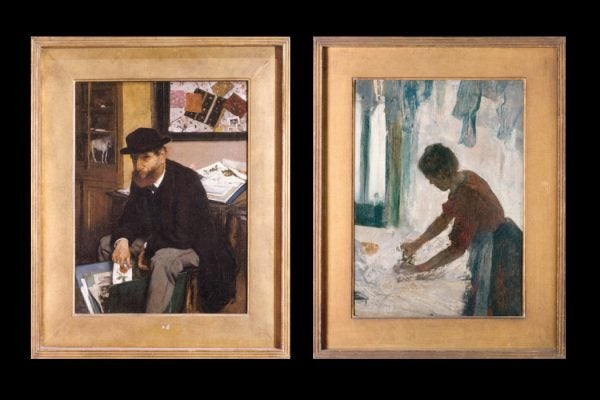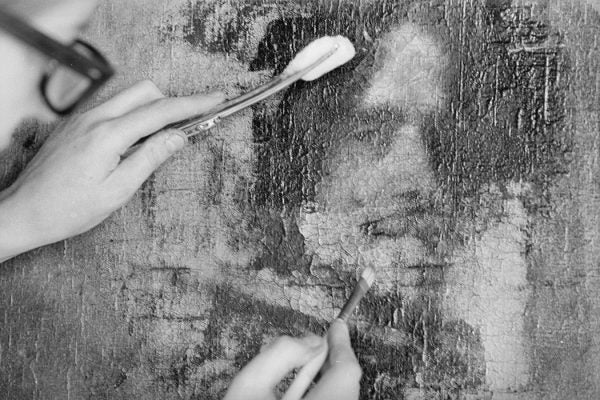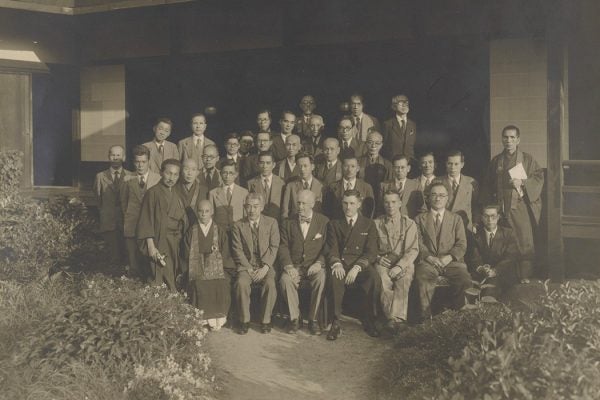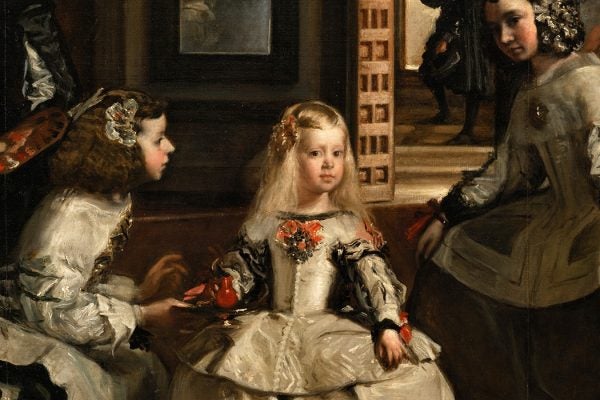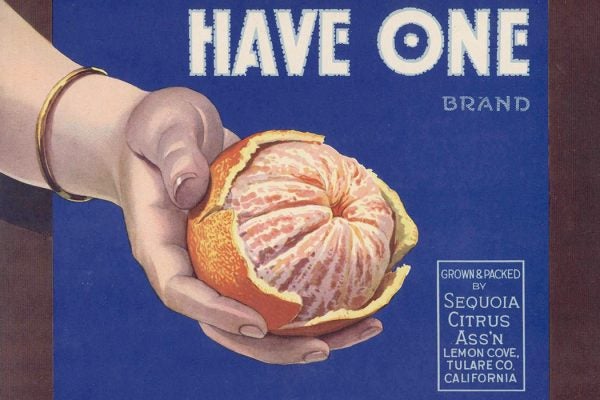Feminist Art History: An Introductory Reading List
Beginning with texts written in the 1970s, this reading list shows how the major questions, critiques, and debates developed in the field of feminist art history.
Art Nouveau: Art of Darkness
First named such in Belgium, Art Nouveau was intimately tied up with that country’s brutal rule of the Congo.
Framing Degas
The French painter Edgar Degas was Impressionism’s most energetic and inventive frame designer.
Restoration Recipes
Need to clean your sixteenth-century distemper painting? Try a piece of bread (at your own risk).
The Feminist Art Roots of Fan-Made Videos
Though vidding is now generally a part of online culture, it originated in the grassroots editing efforts of female television fans.
The Other Monuments Men
The men and women who tracked down looted art after WWII didn’t just go after stuff stolen by the Nazis. They also searched for treasures stolen by the Japanese. Sort of.
Who Was the Little Girl in Las Meninas?
A Spanish princess who became a German queen, Margarita Teresa lived a life structured by Catholicism and cut short by consanguinity.
Our Obsession with Art Heists
A deeply ingrained interest in stolen objects and their recovery reflects our collective uncertainty over how we value art.
Orange Crate Art
California citrus growers drew on mass-printing techniques and advances in color lithography to create distinctive brands for their boxes.
Rosa Bonheur’s Permission to Wear Pants
One of the few women permitted to wear trousers during the Third Republic, the French artist developed a sense of self through her clothing choices.


